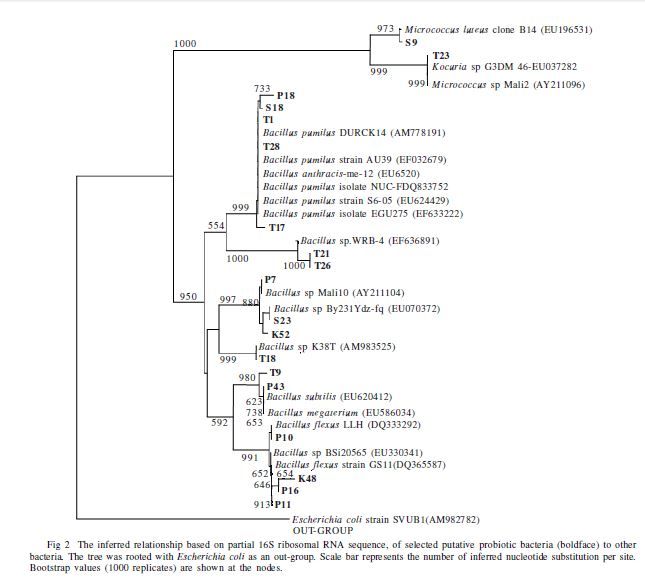Hi,
I have isolated

I have isolated
You are currently viewing the SEQanswers forums as a guest, which limits your access. Click here to register now, and join the discussion



 [/IMG]
[/IMG]| Topics | Statistics | Last Post | ||
|---|---|---|---|---|
|
Started by seqadmin, Today, 07:17 AM
|
0 responses
11 views
0 likes
|
Last Post
by seqadmin
Today, 07:17 AM
|
||
|
Started by seqadmin, 05-02-2024, 08:06 AM
|
0 responses
19 views
0 likes
|
Last Post
by seqadmin
05-02-2024, 08:06 AM
|
||
|
Started by seqadmin, 04-30-2024, 12:17 PM
|
0 responses
20 views
0 likes
|
Last Post
by seqadmin
04-30-2024, 12:17 PM
|
||
|
Started by seqadmin, 04-29-2024, 10:49 AM
|
0 responses
28 views
0 likes
|
Last Post
by seqadmin
04-29-2024, 10:49 AM
|
Comment